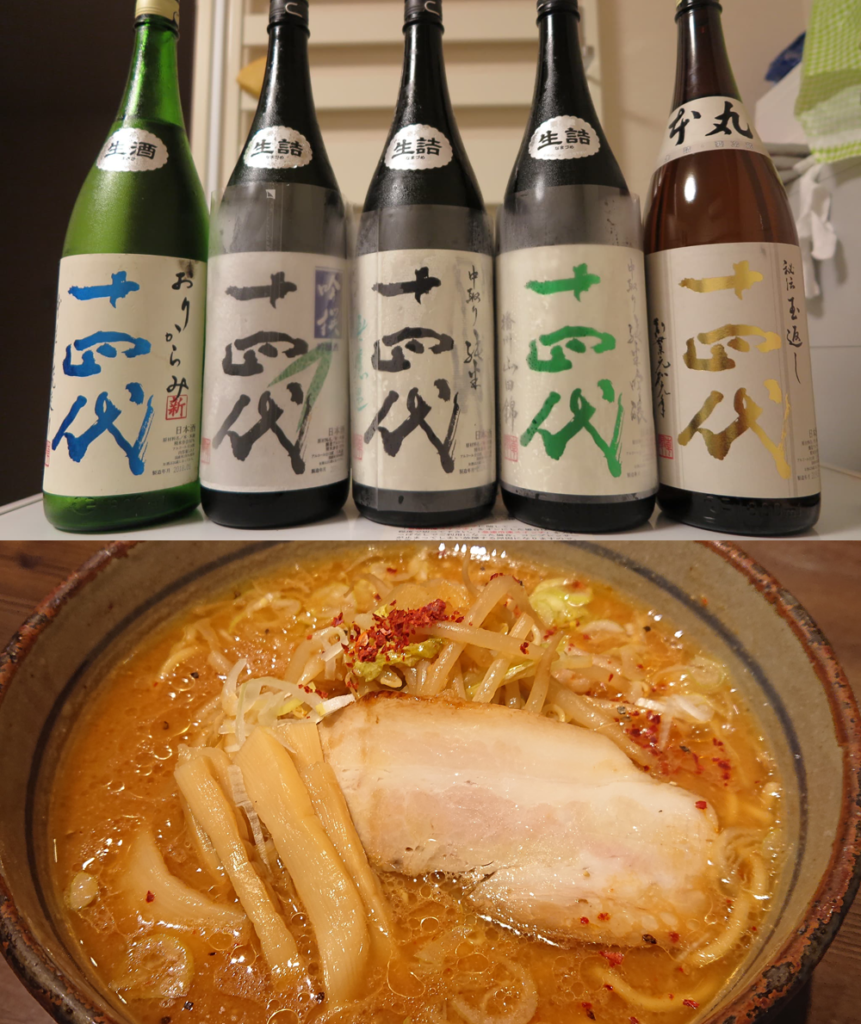
Written by Ryuji Otaki
Translated by Saki Kimura & Mei Ho
Since I was a student, I have loved and drank sake a lot.
Especially at that time, I loved “Juyondai” (Takagi Brewery @Yamagata Pref.) the most.
Refrigerated delivery became more common after the demand became higher and the price cost to use reefers dropped.
Before that, hi-ire (pasteurized) sake was widely marketed. Nama-zake (unpasteurized sake) was available only in the local area of the breweries in winter.
I’ve heard that Takagi Brewery, the famous brewery that makes Juyondai, has generalized namazake’s distribution via cool delivery service.
Akitsuna Takagi, the 15th head of Takagi Brewery, started working at a liquor store after graduation from Tokyo University of Agriculture. He wanted to experience the scene of sake sales.
This experience made him realize “Unless the refrigeration system in Japan becomes more thorough, namazake won’t be able to be popular.” He imagined that the namazake made in winter should be shipped by a reefer, then to be sold at the liquor store with a refrigeration system and finally reaching the consumer’s home.
Takagi Brewery never contracted a specialty store until they visited stores to make sure their refrigerated equipment was adequate. The brewery has carried through this style since before they became famous. After their break-through, namazake has been available everywhere while other breweries follow this similar strategy.
Namazake has broadened the range of sake’s flavor.
The kind of rice, that of koji, and the slight difference between brewing methods change its aroma and flavor.
Nowadays, Juyondai has been bought, hand-carried and sold at a premium price. The sake are originally sold at 2,500 JPY (23 USD), and then resold at 30,000 JPY (275 USD).
It is quite disappointing. People would rather pay 30,000 JPY which should go to the brewery from the beginning instead of the hand-carrier.
Sake is an article of taste. Everyone should enjoy it as s/he likes. I believe that sake can be tasted however you yourself want, unlike wine that has solid theories of flavors and pairings.
Because of this, I sometimes feel a difficulty on how to answer customer’s question “What is your recommendation?” at my restaurant. What I feel about the sake can be different for him/her.
Please don’t mind the others’ opinions. Please explore your own preference.
Juyondai is originally my favorite sake. I can understand people’s feeling to spend a lot of money to drink it, but you can find your own favorite from the other sake without a premium.
Such a discovery should be a real joy of tasting sake.